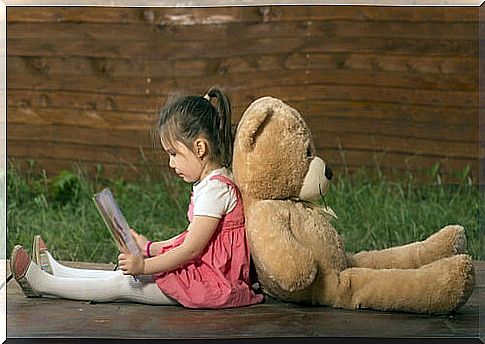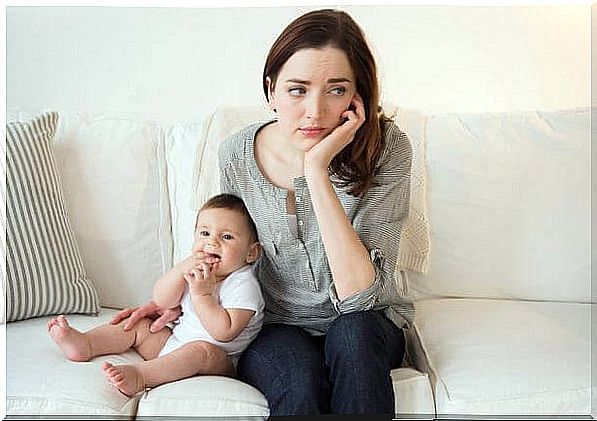“Mom, I Don’t Need You “: Avoidant Attachment In Children

Attachment is an intense emotional bond that is very present in our relationships. Although there are some types that are harmful, attachment itself is healthy and necessary. Its development occurs in childhood, one of the most important stages and that most mark us. Therefore, if there has been any type of negligence or harmful behavior in this period, avoidance attachment may appear.
If the environment in which we have grown up has given itself what it takes to develop this type of attachment, we will have many problems establishing healthy relationships and bonds with other people. However, we will not be aware of all these problems until we reach adulthood. There are even adults who suffer from problems derived from their attachment style and are unaware that this is precisely where the primary cause of them lies.
Going back to childhood, think that children adapt to the environment in which they are born. So if parents are too intrusive or distant, they will develop defensive strategies that allow them to deal with this. One of these strategies is avoidant attachment.
The Ainsworth Experiment on Avoidant Attachment
Mary Ainsworth conducted various studies that led her to identify 3 types of attachment: avoidant, secure and ambivalent. Of these, only secure attachment is the “ideal.” The rest are dysfunctional attachments. For the investigation of the first type of attachment, which is the one that concerns us, Ainsworth carried out an experiment that was called “strange situation”. In it, the behavior of babies who were separated from their mothers was studied.
What Aisworth discovered with her experiment was very revealing. Children got angry very easily, that is, they were very susceptible. However, they did something different from what all children usually do: they did not look for their mothers when they needed them.

For example, a baby with secure or healthy attachment when his mother leaves a room or moves away from him is very likely to start crying. On the other hand, if he returns, they stop doing it and begin to feel safe, calm and happy. This was not the case with avoidant attachment babies. They were indifferent. They didn’t care whether the mother came back or left. Therefore, she did not provide them with that security that every child demands.
The most curious thing about the Ainsworth experiment is that children with this type of attachment literally ignored their mothers. However, with strangers they were friendly, more sociable. Ainsworth concluded that because babies had not learned to communicate their emotional needs to their mothers or if they did and it did not work, they learned not to need them.
Avoidant attachment and its consequences in adult life
Avoidant attachment has serious consequences for any adult. Although, at this point, there are several investigations that have chosen to classify this type of attachment into two: the avoidant-contemptuous and the avoidant-fearful. Let’s see how these two perspectives influence avoidant attachment in adulthood.
The avoidant-contemptuous attachment is characterized by the fact that the people who have developed it are very independent. Furthermore, they are also and consider themselves self-sufficient. This causes them to reject whoever has any intention of depending on them. In the same way, they refuse to deepen and become too intimate in relationships because of the refusal to “tie” someone.

On the other hand, people with fearful-avoidant attachment do want to be deeply intimate with others. However, their fear always carries a greater weight. For this reason, it is difficult for them to trust other people, since within them there is a strong fear that they will be hurt. When they manage to be intimate with other people, they feel very uncomfortable.
People with avoidant attachment have great difficulty expressing their feelings. Your refusal to bond with someone is nothing more than a strategy to protect yourself from possible rejection. They have learned to defend themselves, to get ahead without the protection of their parents. That is why they have become self-sufficient. However, although it may not seem like it, they suffer a lot.
Childhood is a very important stage. Ensuring a secure attachment will help children grow into adults capable of healthy bonding with others. If this does not happen, they will continue to act according to those strategies they learned as children to protect themselves. A situation that, as time goes by, will become increasingly unbearable.









